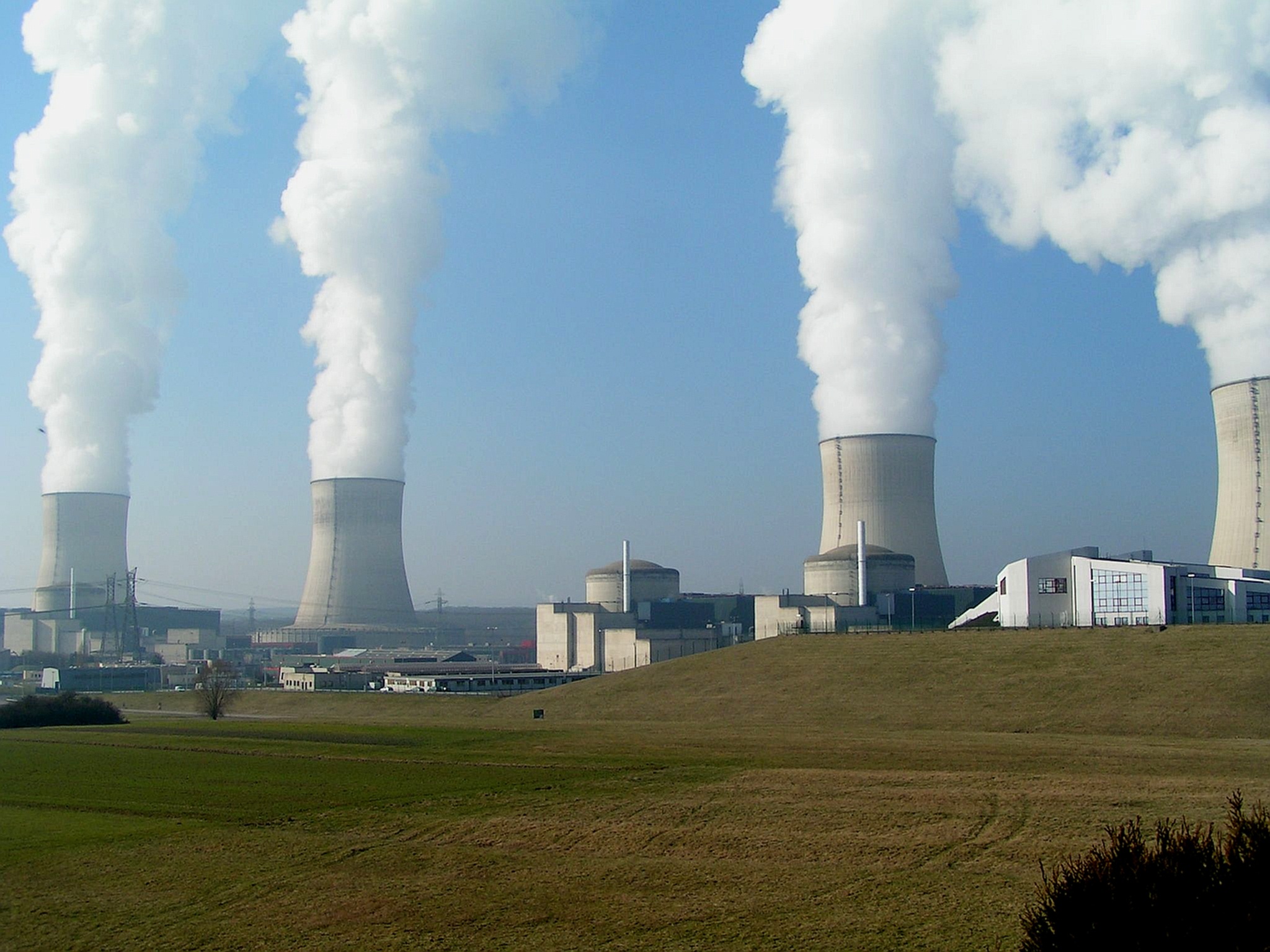Nuclear power plants are pivotal in the modern energy landscape, yet the intricate processes and scientific principles that govern their operation are often overlooked. At their core, nuclear power plants harness energy through the intricate and complex mechanisms of nuclear fission, a subject that intertwines physics, engineering, and environmental science. This compendium aims to elucidate the original energy form utilized in nuclear power plants, addressing a common observation of nuclear energy’s immense potential and suggesting the deeper reasons for its profound fascination.
To understand what constitutes the original energy form in a nuclear power plant, one must first delve into the nature of atomic structure and the fundamental forces at play. The essence of nuclear energy is rooted in the nucleus of an atom, which is composed of protons and neutrons. This nucleus is held together by the strong nuclear force, one of the four fundamental forces of nature. The energy encapsulated within the atomic nucleus is far greater than that found within atomic bonds in chemical reactions; this is where nuclear fission comes into play.
Nuclear fission is the process in which a heavy atomic nucleus, such as uranium-235 or plutonium-239, absorbs a neutron and becomes unstable. The nucleus then splits into two or more smaller nuclei, along with the release of energy in the form of kinetic energy of the fission products and additional neutrons. The released neutrons may further propagate the fission process in a chain reaction, which is a critical aspect of nuclear reactors. This phenomenon is not just a mundane occurrence; it is an extraordinary release of energy governed by the principles of Einstein’s mass-energy equivalence, encapsulated in the famous equation E=mc². Here, a minuscule amount of mass is transformed into a prodigious amount of energy.
The energy from nuclear fission is pivotal for the production of electricity. The fission event generates tremendous heat, which is used to convert water into steam in the nuclear reactor’s core. This steam then drives turbines, generating electricity in much the same manner as conventional fossil fuel plants, albeit with stark differences in the fuel source and emissions profile. The thermal energy derived from nuclear fission is what fundamentally distinguishes nuclear power as an efficient alternative to traditional energy sources.
Considering the efficiency metrics, nuclear energy is often lauded for its capability to produce large amounts of energy with minimal fuel consumption. A single kilogram of uranium-235 can produce as much energy as several tons of coal. This remarkable energy density has sparked not only scientific interest but also societal fascination regarding the future of energy acquisition and sustainability. As global energy demands continue to escalate, the search for reliable, high-capacity energy sources drives the momentum towards nuclear power.
However, alongside its undeniable advantages, the discussion surrounding nuclear energy also invokes trepidation. Public perception is often skewed by historical events, nuclear accidents, and the challenging nature of radioactive waste disposal. The fear of radiation and the potential for catastrophic failures, as witnessed in Fukushima and Chernobyl, encapsulates a societal dilemma regarding the balance between energy needs and safety considerations. This dichotomy warrants an exploration into the ethical implications of utilizing nuclear technology. It compels one to question how society reconciles the need for clean energy with the inherent risks of nuclear engineering, urging a deeper discourse on the role of policy, regulation, and technological advancement.
It is also noteworthy that nuclear energy has fascinating applications beyond electricity generation. The medical field heavily relies on isotopes produced in nuclear reactors for diagnostic imaging and treatment of various diseases, including cancer. This convergence of nuclear science and medicine highlights an underappreciated dimension of nuclear energy, showcasing its potential to advance public health in addition to environmental sustainability
Moreover, as the global consensus shifts towards combating climate change, the role of nuclear power plants in reducing greenhouse gas emissions has gained traction. Unlike fossil fuels, the operation of nuclear reactors produces negligible emissions of carbon dioxide. The pursuit of reducing our carbon footprint while simultaneously catering to an ever-growing economy demands innovative approaches; thus, nuclear power emerges as a vital player in the energy transition landscape. The observation of a nuclear power plant as a ‘clean’ alternative encapsulates the hope for sustainable future energy models.
In conclusion, the fundamental energy form that characterizes nuclear power plants is derived from the captivating process of nuclear fission. This transformation of nuclear energy into usable thermal energy is an indelible link to the larger narrative of humanity’s quest for power, efficiency, and safety. The fascination with nuclear energy transcends its scientific mechanisms, prompting reflection on ethical implications, sustainability, and technological advancements. The debate surrounding nuclear energy is emblematic of a broader struggle: the pursuit of progress in a world marked by ecological challenges. As society grapples with the complexities of energy production, the nuclear power plant stands as a testament to human ingenuity, the wonders of nuclear science, and a potential pathway towards a responsible energy future.












